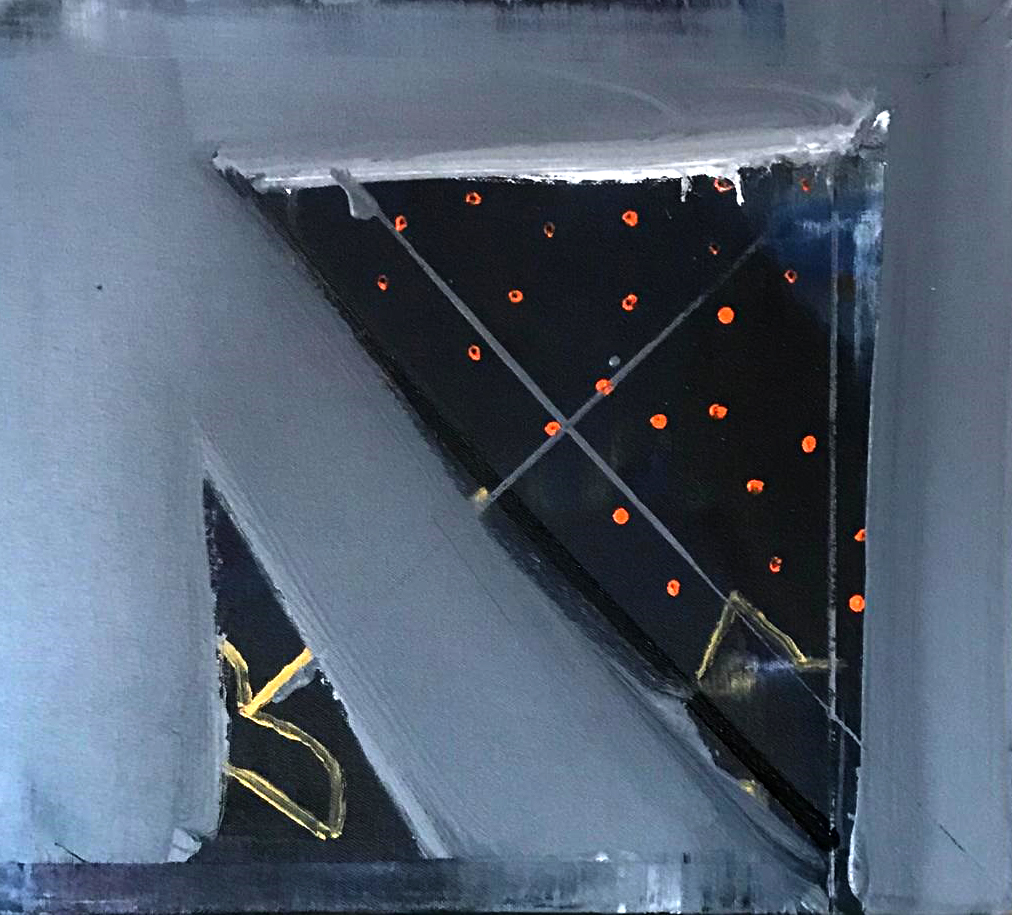
Prabhakar Kolte's early work shows the strong influence of Paul Klee. Indeed, Klee`s influence was felt by many of Kolte`s classmates studying at the J.J. School of Art in the late 1960s. Kolte`s debt to Klee can be seen in his technique of weathering his stronger colors, adding touches of white to age the effect of an otherwise bold hue. Initially, his canvases are characterized by a single, dominant color in the background, on which lighter and more complex forms are placed, both geometric and organic. He acknowledges his early debt to Klee, he stated - "In those days people used to call me the Indian Paul Klee. It didn`t bother me because I was busy searching for myself." In the early 80s, his work took a new direction as Kolte began experimenting with installation and several art pieces. In one piece, he covered a car with newspaper; in another, he painted a volunteer black and entitled him "A Man Without Shadow". Such off-the-canvas experiments allowed him a free space to play with abstract ideas of color and form outside the shadow of Klee`s influence. On working on canvasses, he sought to "immediately cover up any identifiable image, making sure that my forms would function as pure color in space." His most recent works show a glossier, finished approach to his early themes in paintings. The strong ground color remains, but this time both it and the forms overlaid onto it retain a crispness in line and color: the "weathering" inherited from Klee has dropped out in favor of more finished - and thus more abstracted - fields of color. Kolte spent twenty-two years teaching at his alma mater, the .J. School of Art. He retired in 1994, and now he devotes his time mostly to painting.



